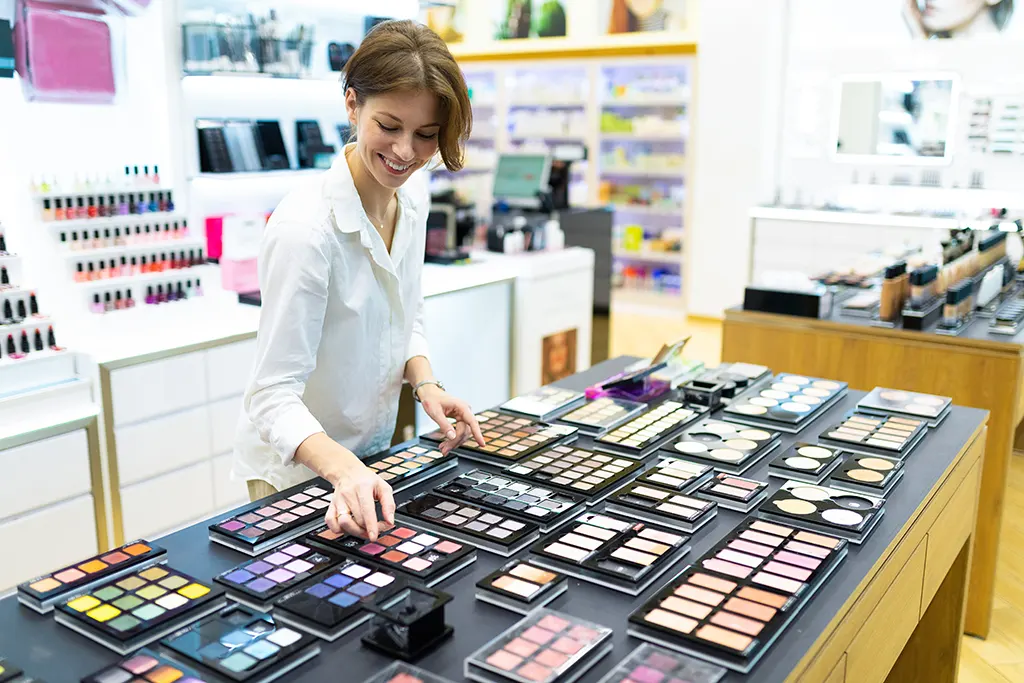
Why Beauty & Cosmetic Brands Must Embrace SOP Scoring and Automation
In the beauty and cosmetics industry, perception is everything. From perfectly organized product displays to hygienically maintained tester stands and well-groomed staff every detail contributes to the customer’s impression of your brand.
But when you’re managing dozens or hundreds of stores, a key question arises:
How do we ensure every outlet is executing brand SOPs flawlessly every day?
The answer lies in digitizing SOP management and introducing a structured scoring system that turns routine audits into a source of continuous performance insight.
The Problem with Manual SOP Audits
Despite being in a highly visual and experience-driven industry, many beauty chains still rely on paper-based checklists for store operations. This approach has three major drawbacks:
- No real-time visibility: Head office teams can’t monitor which SOPs are being followed or missed in the moment.
- Inconsistent execution: Store teams may check off items without actually completing them. There’s no way to verify.
- No performance benchmarks: Without scoring, there’s no clear way to compare store performance or track improvement.
These challenges ultimately affect brand consistency and customer trust.
What SOP Scoring Looks Like in Beauty Retail
With digital SOP management, each store audit can be scored, monitored, and acted upon in real-time. Here’s how scoring works across different areas of the store:
1. Tester Hygiene and Shelf Cleanliness
What’s Evaluated:
- Are testers clean, labeled, and within usage dates?
- Are they placed neatly with no leakage or residue?
- Are product shelves dust-free and organized?
Why It Matters: Testers are a direct touchpoint with the customer. Dirty, expired, or poorly displayed testers immediately erode trust and can even pose hygiene risks.
2. Product Placement and Visual Merchandising
What’s Evaluated:
- Are planograms followed as per brand guidelines?
- Are campaign visuals, signage, and display props in place?
- Is there a consistent and visually appealing arrangement?
Why It Matters: Your store is your brand’s runway. Disorganized or off-brand displays confuse customers and dilute the premium experience they expect from a beauty brand.
3. Consultation Room Preparedness
What’s Evaluated:
- Is the space clean and ready for customer use?
- Are tools and products sanitized and stored properly?
- Is the lighting ideal for skin or makeup consultations?
Why It Matters: This is where product education and trust are built. A poorly maintained consultation space reflects carelessness, no matter how good your products are.
4. Staff Grooming and Appearance
What’s Evaluated:
- Are staff neatly groomed and wearing uniforms?
- Is makeup application in line with brand standards?
- Is the overall appearance consistent and professional?
Why It Matters: Your staff are your brand ambassadors. Their appearance directly influences how customers perceive your standards, quality, and attention to detail.
5. Upselling and Brand Communication
What’s Evaluated:
- Are staff actively recommending products based on customer needs?
- Are ongoing offers and campaigns being communicated clearly?
- Are scripts or pitches aligned with brand language?
Why It Matters: Effective selling in beauty retail is about offering value, not pushing products. Structured, compliant communication builds credibility and boosts AOV (Average Order Value).
What Happens When a Store Scores Low?
This is where scoring changes the game.
If a store’s hygiene or consultation readiness score drops below the acceptable threshold, the system immediately flags the issue. Managers can then drill into the specifics:
- Was the audit skipped or delayed?
- Were tasks marked as done but flagged during review?
- Is this part of a pattern at that location?
This data empowers operations and area managers to act proactively before issues affect customers or sales.
From Compliance to Culture
When every SOP is tied to a score, you shift from a reactive checklist approach to a performance-driven culture:
- Store teams know what good looks like—and aim for it.
- High-performing locations can be rewarded and replicated.
- Underperforming stores can be coached and supported.
- Head office gets consistent visibility without micromanagement.
Real Brands. Real Impact.
At NymbleUp, we work with beauty and cosmetics brands that want to scale without losing control of store-level execution. By digitizing their SOP workflows and adding scoring, our partners have achieved:
- 35%+ improvement in SOP compliance
- Higher customer satisfaction scores
- More productive and accountable store teams
- Increased campaign execution consistency across regions
This isn’t just about operational excellence. It’s about protecting your brand promise at every outlet.
Concluding Thought
Your brand is only as strong as its weakest store. In beauty retail, every detail speaks. By implementing SOP scoring and automation, you ensure that each store is not just following protocol but delivering a consistent, premium experience, every day.
Want to learn how NymbleUp can help your brand digitize and scale with confidence?
